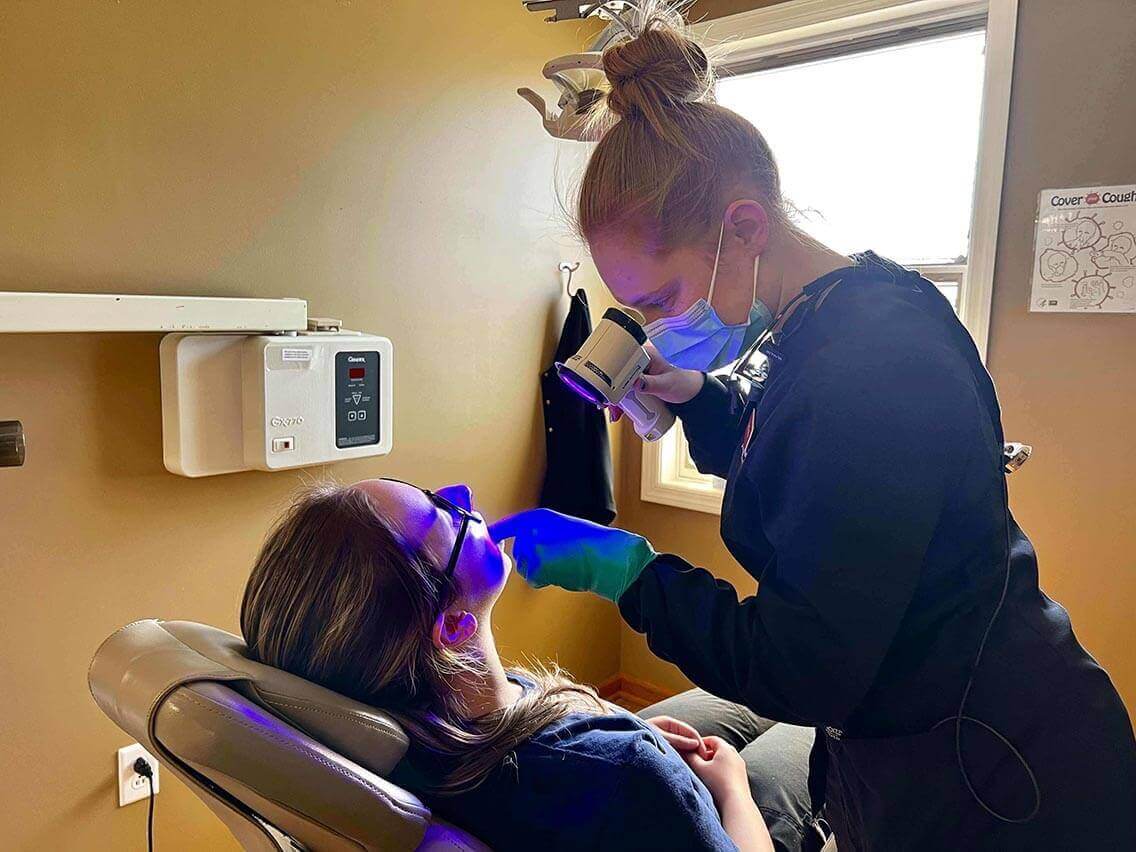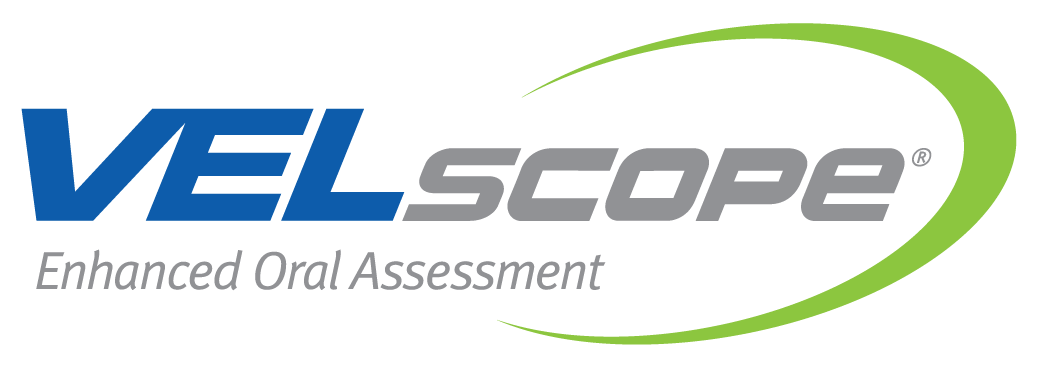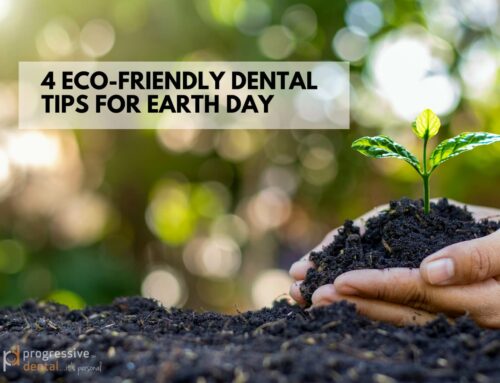April is Oral Cancer Awareness Month and according to the American Cancer Society, over 54,000 Americans will be diagnosed with oral or oropharyngeal (mouth and throat) cancer this year. At your cleaning appointments, we provide free oral cancer screenings as a part of our commitment to early detection. It is important to know the early signs and symptoms of oral and oropharyngeal cancers and how to reduce your risk.
Are oral cancer and oropharyngeal cancer the same?
They are both a type of head and neck cancer but affect different areas.
Oral cancer occurs in the oral cavity, affecting the cheek lining, the front of the tongue, underneath the tongue, and the roof of the mouth.
Oropharyngeal cancer occurs just behind the oral cavity, affecting the back portion of the tongue, tonsils, and throat.
Common symptoms
- Sores on the lip or in the mouth that do not heal
- White or red patches on the gums or tongue
- Lumps in the mouth or on the tongue,
- Swelling in the neck or jaw area,
- Difficulty or pain when swallowing or chewing
- Numbness in the lip, tongue, or any other area in the mouth
- Soreness in the throat that does not go away
- Difficulty opening your mouth or moving your tongue
- Changes in your voice
In addition to oral cancer, these symptoms can also be caused by a number of other factors, which is why we recommend that you see your dentist if you have any of these symptoms. It is time to schedule an appointment with us if any of these symptoms last longer than two weeks. This way, one of our dentists can determine the cause and begin any necessary treatment.
Causes and risk factors
- Tobacco and alcohol use. Using tobacco and drinking heavily can alter the cells that line the inside of the mouth and your throat causing damage and increasing the chances of developing cancerous cells.
- Human Papillomavirus (HPV). A common sexually transmitted disease. The HPV-16 type is most commonly linked to oral cancer. According to the Centers for Disease Control and Prevention (CDC), HPV is thought to cause 70% of oropharyngeal cancers in the US. Anyone who is exposed to HPV is at risk of oropharyngeal cancer!
- Genetic abnormalities
- Aging. Oral cancer is more common in those aged 40 or over.
- UV/sun exposure. Exposure to the sun or using a tanning bed without SPF protection can increase the risk of cancer of the lip.
According to the American Cancer Society, over 11,500 deaths related to oral and oropharyngeal cancers occur in the United States every year. These cancers are often diagnosed or discovered in their later stages, but with early detection, we can save lives! The most qualified healthcare professionals to detect oral cancer are your dentist and registered dental hygienist.
Early detection with the VELscope®
The VELscope® is an important oral cancer screening device that we use in our offices that uses direct fluorescence visualization (FV) to help detect abnormalities in the mouth. This device works by shining a bright blue light into the mouth, exposing lesions and changes that would normally go undetected by the naked eye. The VELscope® along with a physical examination provides the best combination for early detection. The oral cancer screening is non-invasive and is done in under 3 minutes.
Progressive Dental is a certified VELscope® screening practice.







